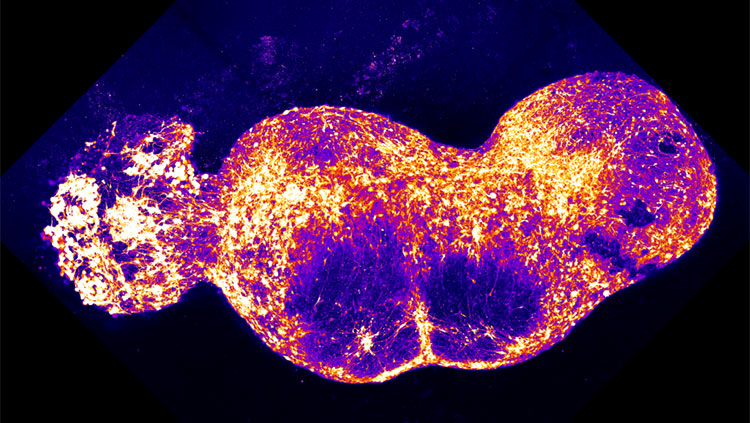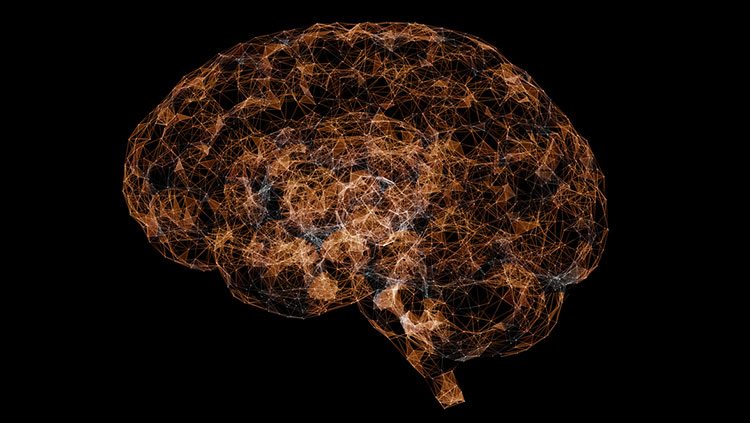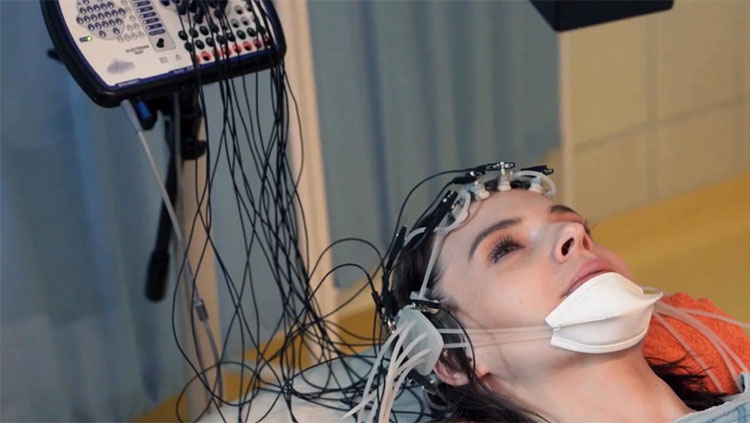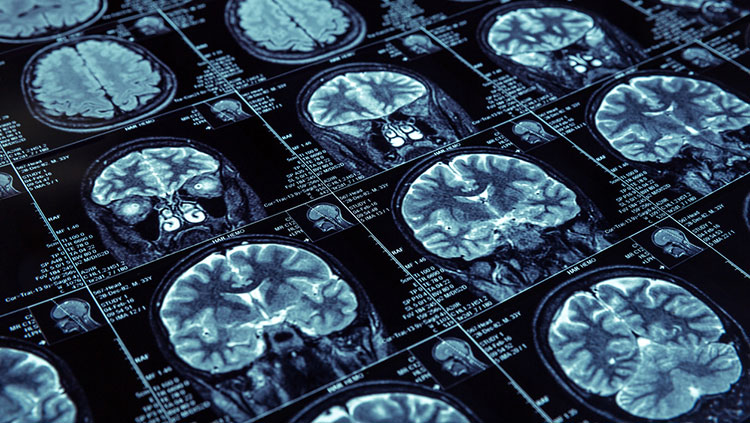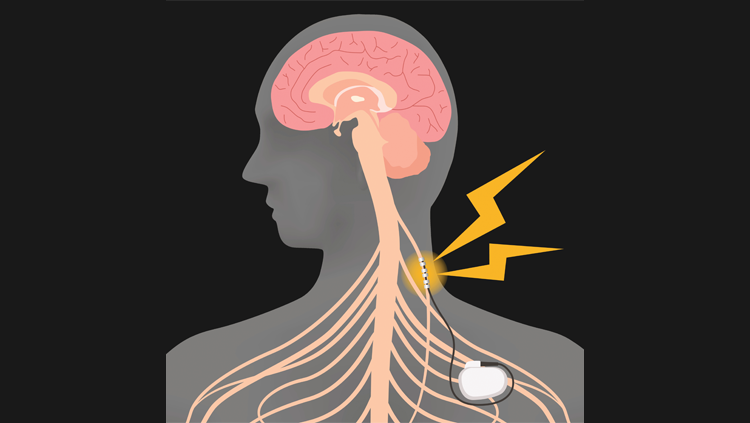Railroad foreman Phineas Gage survived a horrific brain injury that left him with an altered personality. His story revealed the complex functions of the frontal lobe decades before scientists began studying it in animals.
Brain Bytes showcase essential facts about neuroscience.
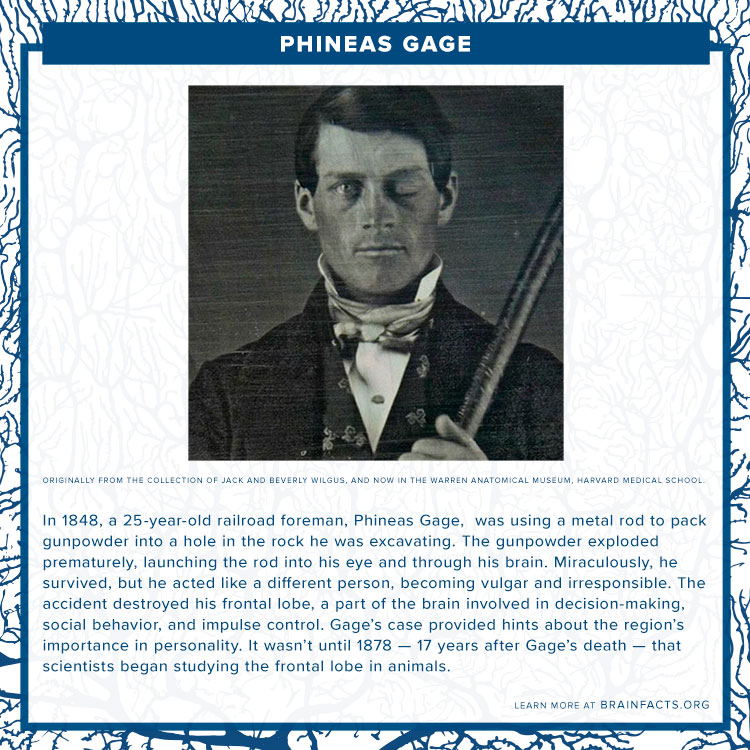
Design by Adrienne Tong.
Image: Originally from the collection of Jack and Beverly Wilgus, and now in the Warren Anatomical Museum, Harvard Medical School.
CONTENT PROVIDED BY
BrainFacts/SfN
References
Damasio, H., Grabowski, T., Frank, R., Galaburda, A., & Damasio, A. (1994). The return of Phineas Gage: clues about the brain from the skull of a famous patient. Science, 264(5162), 1102–1105. doi:10.1126/science.8178168
O'Driscoll, K. & Leach, J. P. (1998). “No longer Gage": an iron bar through the head. Early observations of personality change after injury to the prefrontal cortex. BMJ (Clinical research ed.), 317(7174), 1673–1674. doi:10.1136/bmj.317.7174.1673a



